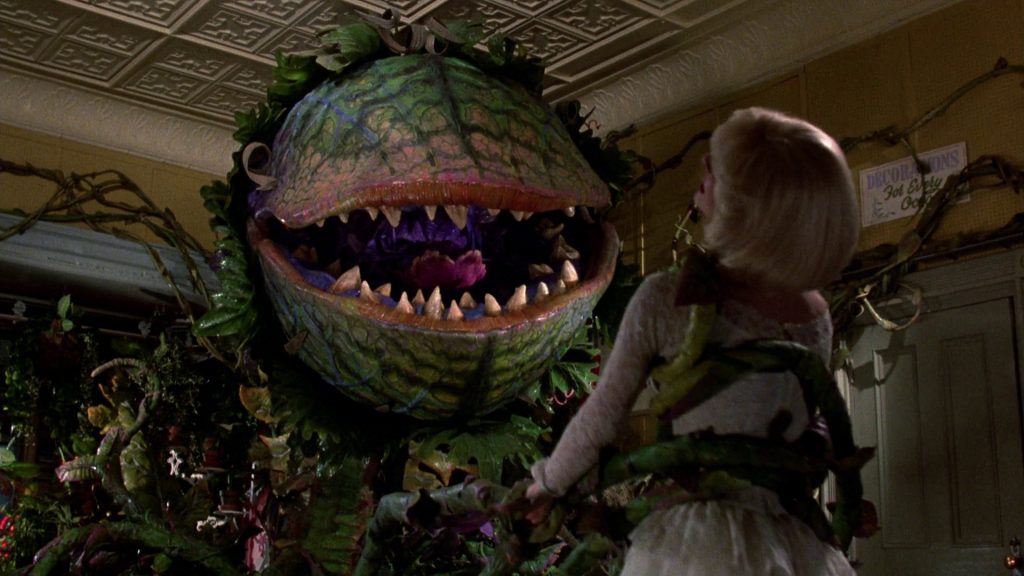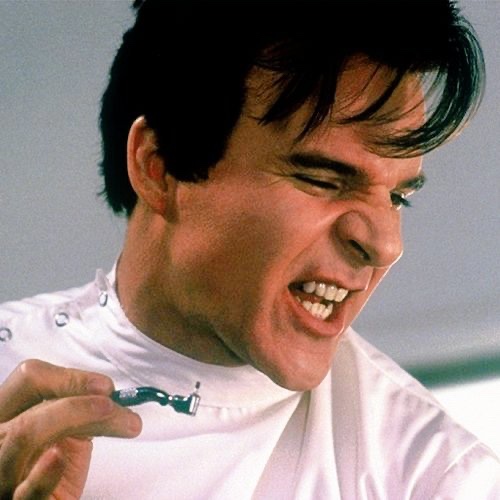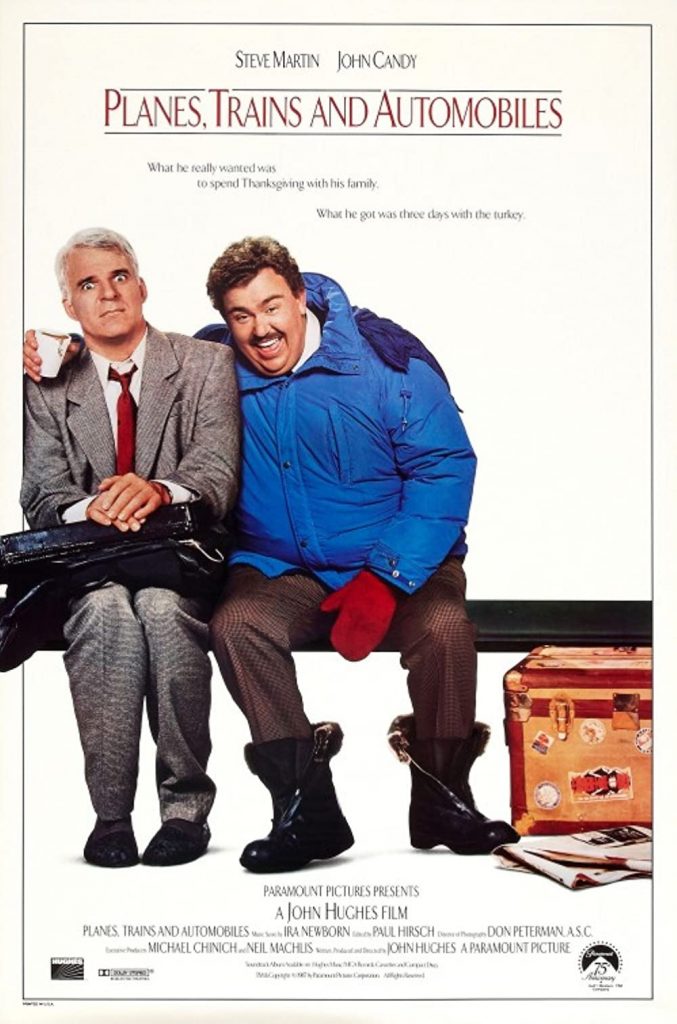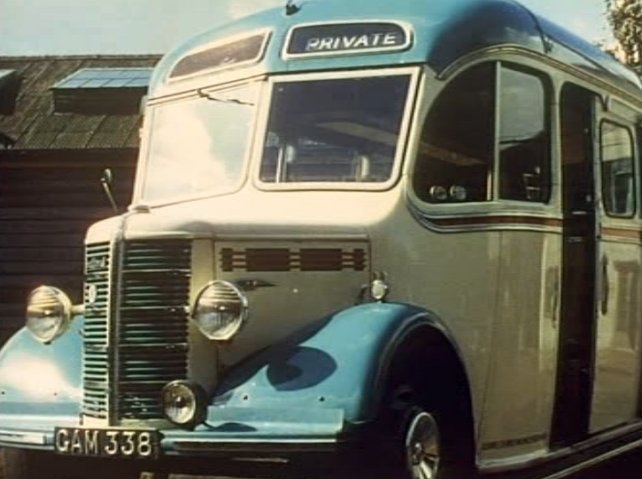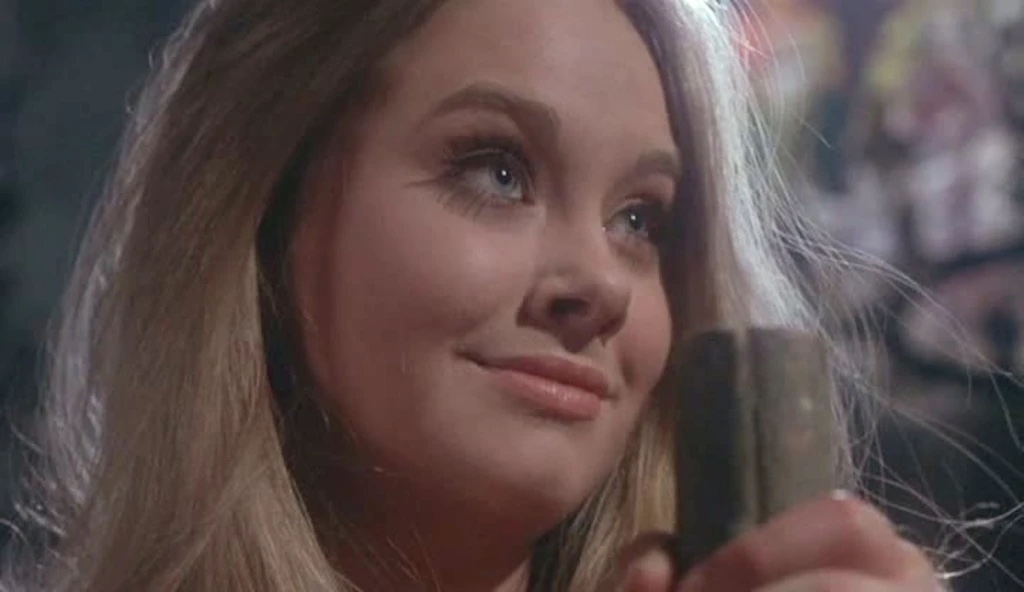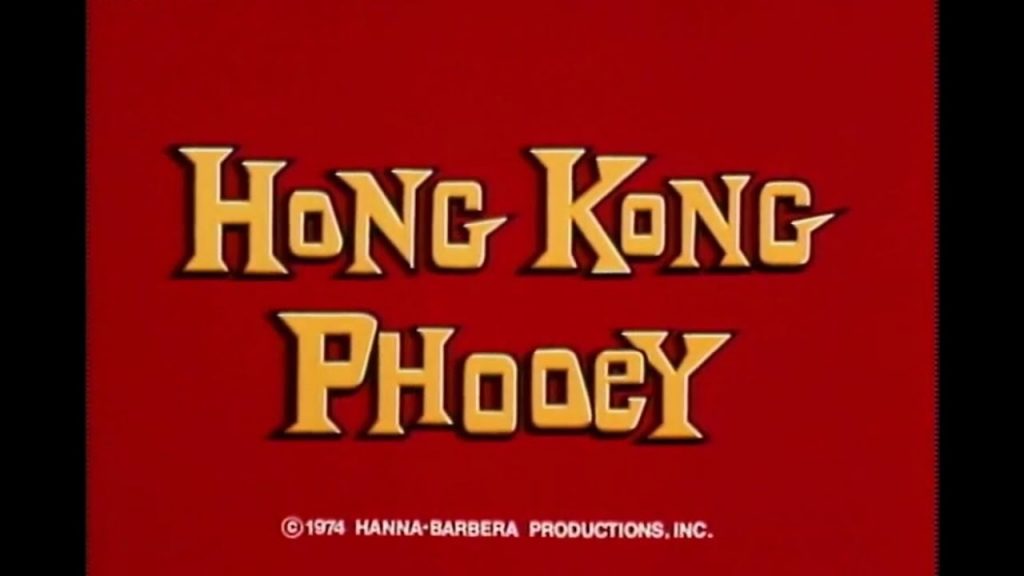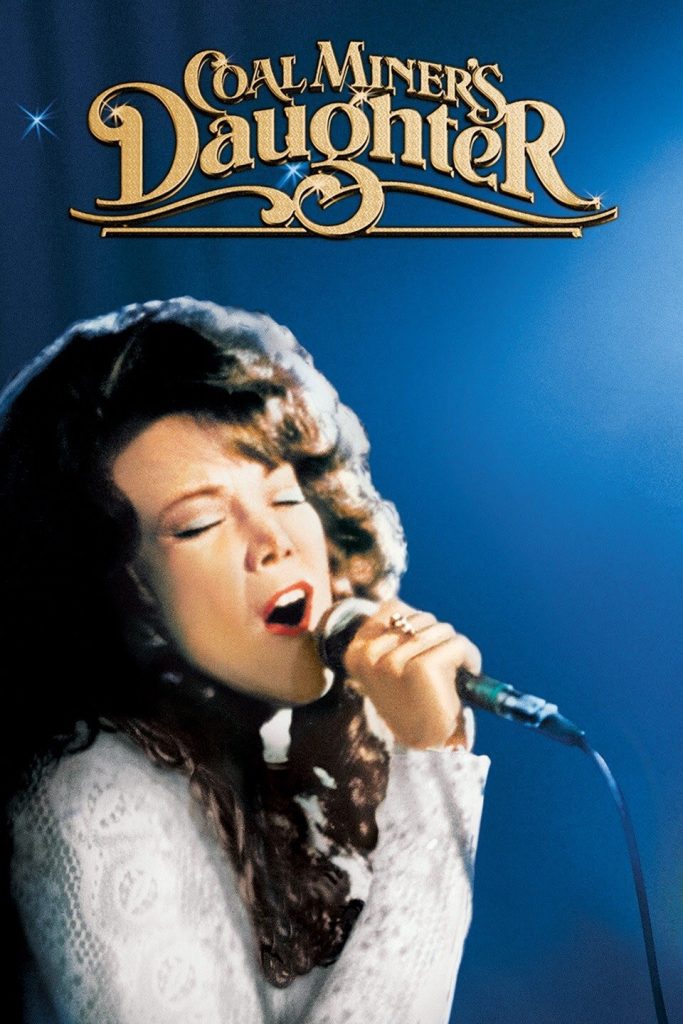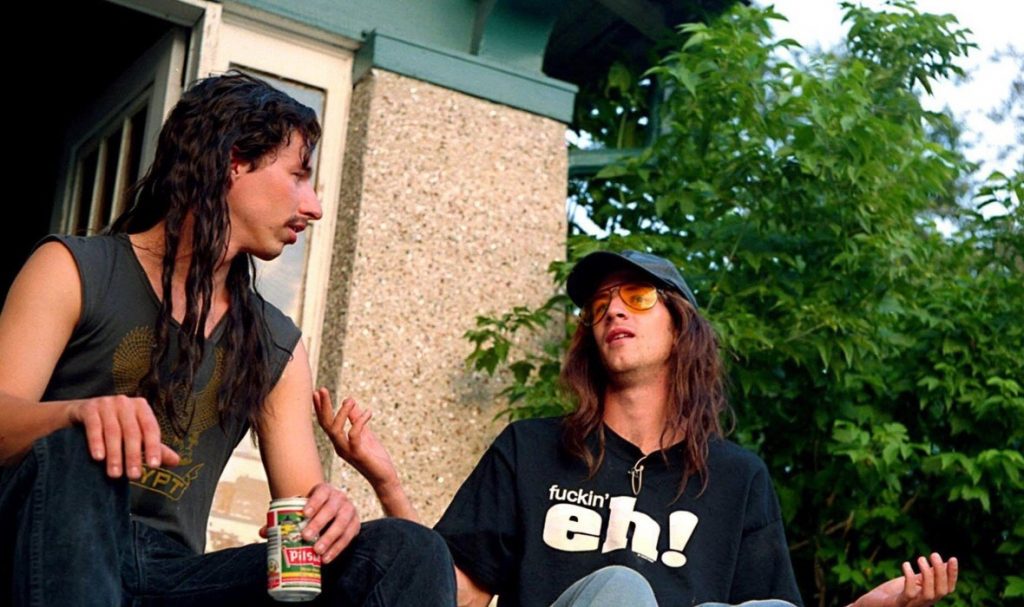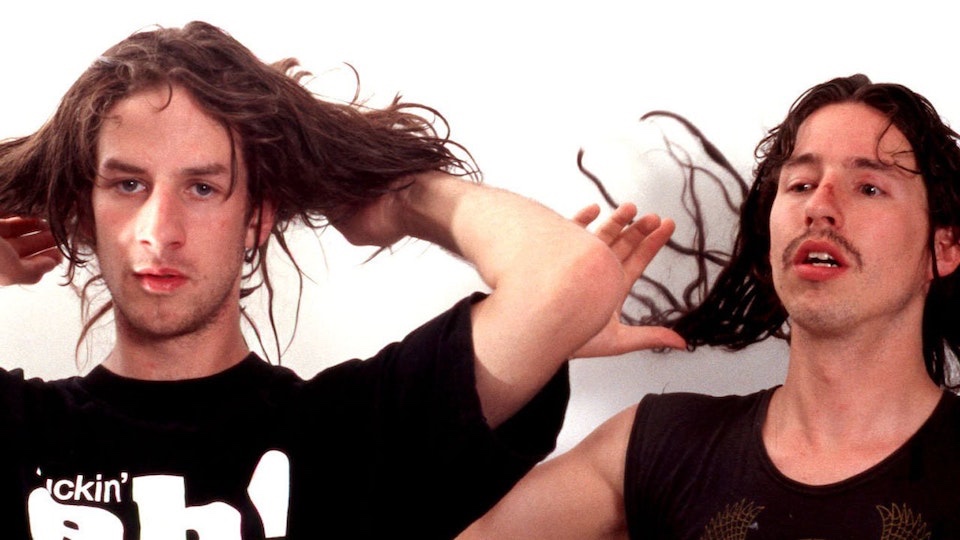

Watching this terrific little series again. What fun! as Miranda’s mum liked to say. Saxondale really tickles my funny-bone. And laughter is great medicine when you’re wrestling with a St. Bernard’s sized black-eyed dog.
The ageing quite clever and quite articulate ex-roadie turned pest controller is a great creation. Struggling with anger issues, and having to deal with the excruciating Vicky (Morwena Banks) to get jobs.
He encounters a Top Gear presenter, his ex-roadie pal Deggsy, animal rights protestors who object to his pest control methods, and a plethora of other characters, from the occasional appearances of hapless shopping centre-salesmen (Tim Key), to regulars, like Vicky, Raymond, his girlfriend, Magz, and his anger management counsellor, Alistair (James Bachman).
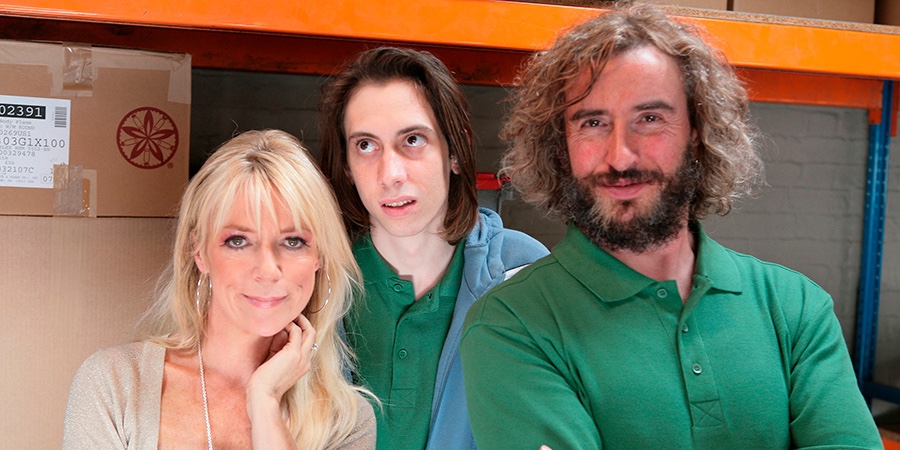
In a similar yet different way to Coogan’s sublime Alan Partridge, the whole attention to detail thing with Saxondale’s music-obsessed character is a real pleasure for those who, like me, share similar interests.
And, again, as with Partridge, we love him as much for his myriad foibles and failings, as for his ‘good qualities’ – be they his ‘Stang, ready wit, or ‘classic rock’ schtick – all the while squirming in embarrassment when he goes off on another misplaced tanned-genital rant.
The scenes with his daughter and her beau are great, as Saxondale battles with his responses – whether natural or conditioned – and piles mistaken assumptions on top of angry prejudices. And all the while Focus or Tull, and similar ‘70s sounds, pump up the irony of the disparity between an ageing rocker’s dreams and visions of himself, and the humdrum reality.

The rapport with Vicky, via whom he gets his pest control jobs, is truly and deeply and excruciatingly excellent. Indeed, all the relationships are really well observed, teetering between very broad humour, and finely nuanced observation.
There are just so many moments that resonate: the comfy old slippers, the lines of coke with Deggsy whilst lamenting the follies of the world, the inadvertent self-harm at the gym (and the hilarious drive home after), and the struggles with ageing.
These latter range from Saxondale’s quirky facial tics and odd snuffling noises, to his inability to hoist himself into a loft (as his young assistant Raymond does), the glasses scene with hooker, the need for Viagra, and limitations on sexual positions due to a body that’s gradually wearing out.
Another dimension to all this, besides the 70s rock thread, is the general cultural milieu, with Tommy quoting Zulu, and frequently harping on about everything from Isambard Kingdom Brunel to Barnes Wallis. A set of … eugh! tropes (spits and washes mouth out) that fit a certain demographic, to which I belong, like Cinders’ glass slippers.
It’s humour that cuts pretty close to the bone, for some of us viewers. And, I think, is all the funnier for it.

I love the scenes at the anger management group that Tommy attends, at the local library. His humour and sarcasm are tragicomic, and, as with much comedy (also very much so with Partridge) he says out loud what many might think, but either then think better of, or at least choose not to say out loud.
Teresa isn’t so keen. ‘It’s a boy’s thing’, she says. And maybe she’s right? Still, I love it!




